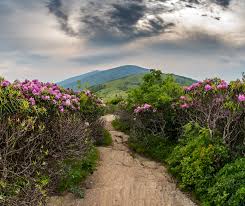Wildlife corridors are natural routes that allow animals to move safely between forests, savannahs, and protected areas. In Kenya, these pathways are essential for species such as elephants, lions, giraffes, and zebras. They help animals find food, water, and shelter while reducing conflicts with humans.
The Role of Corridors in Ecosystems
By connecting fragmented habitats, corridors maintain ecological balance and promote genetic diversity. Predators and prey can interact naturally, supporting the health of ecosystems. Without corridors, species populations can become isolated, leading to increased vulnerability.
Examples of Key Wildlife Corridors in Kenya
Notable corridors include the Maasai Mara–Amboseli link, which supports seasonal elephant migrations, and the Tsavo–Chyulu corridor, which connects forests and savannahs. Smaller corridors link local reserves, forming a network that ensures animals can roam freely across the country.
Community and Conservation Initiatives
Kenya’s conservation efforts involve local communities, NGOs, and government agencies. Projects focus on habitat restoration, anti-poaching programs, and eco-tourism initiatives. Community participation ensures that wildlife corridors benefit both animals and people.
Looking Ahead: Protecting Kenya’s Corridors
Maintaining these natural pathways is vital for Kenya’s biodiversity. With ongoing protection, research, and sustainable land management, wildlife can thrive, habitats remain connected, and future generations can experience the richness of Kenya’s natural heritage.


